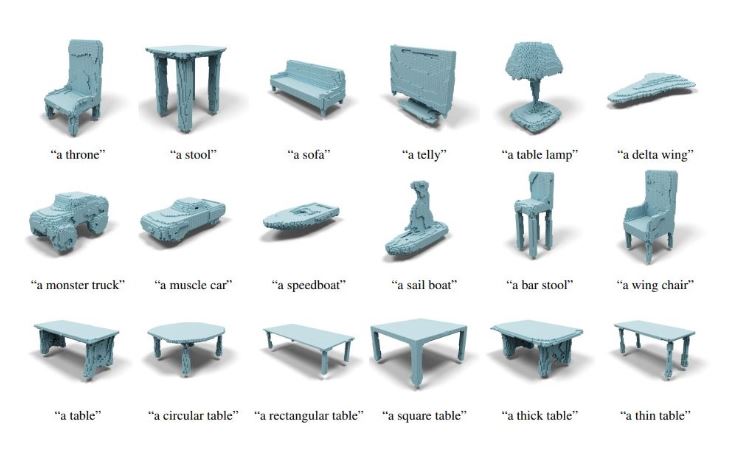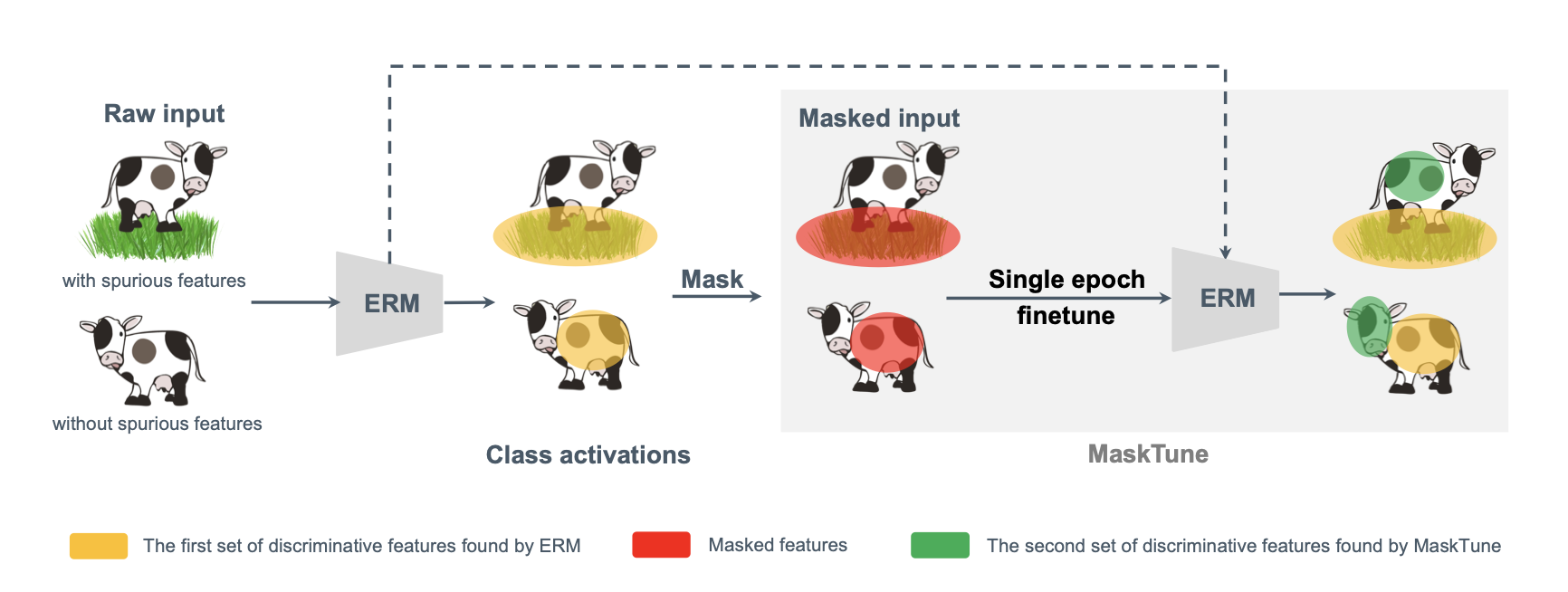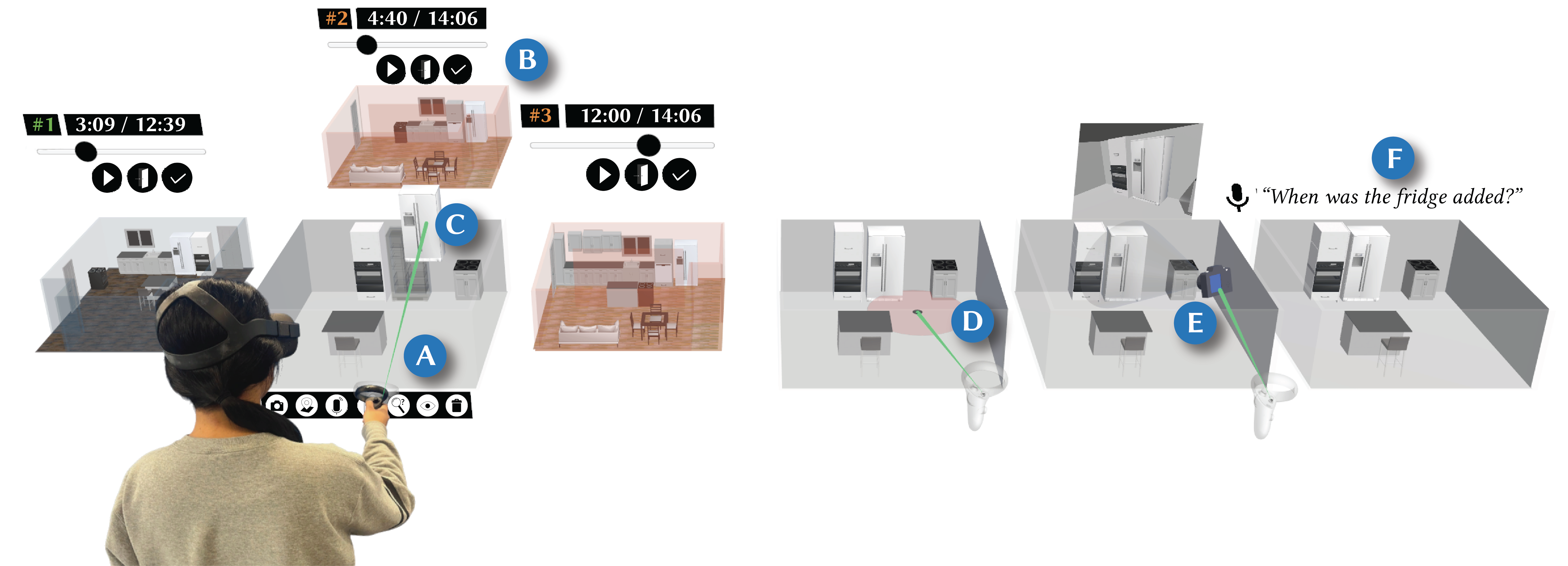Recently Published by Autodesk Researchers
Autodesk Research teams regularly contribute to peer-reviewed scientific journals and present at conferences around the world. Check out some recent publications from Autodesk Researchers.
CLIP-Forge: Towards Zero-Shot Text-to-Shape Generation
Generating shapes using natural language can enable new ways of imagining and creating the things around us. While significant recent progress has been made in text-to-image generation, text-to-shape generation remains a challenging problem due to the unavailability of paired text and shape data at a large scale. CLIP-Forge is a simple, yet effective method for zero-shot text-to-shape generation that circumvents such data scarcity.

MaskTune: Mitigating Spurious Correlations by Forcing to Explore
A fundamental challenge of over-parameterized deep learning models is learning meaningful data representations that yield good performance on a downstream task without over-fitting spurious input features. MaskTune is a masking strategy that prevents over-reliance on spurious features by forcing the trained model to explore new features during a single epoch finetuning by masking previously discovered features. Unlike earlier approaches for mitigating shortcut learning, MaskTune does not require any supervision and is effective on tasks that often suffer from the existence of spurious correlations.

MoodCubes: Immersive Spaces for Collecting, Discovering, and Envisioning Inspiration Materials
In early stages of creative processes, practitioners externalize and combine inspirational materials, using strategies such as mood board creation to achieve a desired vision and aesthetic. Yet, collecting and combining materials can be difficult. To address these challenges, the team created MoodCubes, a system for rapid creation and manipulation of multimedia content.
Tesseract: Querying Spatial Design Recordings by Manipulating Worlds in Miniature
New immersive 3D design tools enable the creation of spatial design recordings, capturing collaborative design activities. However, finding interesting moments in design activities can be challenging. Introducing Tesseract, a Worlds-in-Miniature-based system to expressively query VR spatial design recordings. Tesseract consists of the Search Cube interface acting as a centralized stage-to-search container, and four querying tools for specifying multimodal data to enable users to find interesting moments in past design activities.

Get in touch
Have we piqued your interest? Get in touch if you’d like to learn more about Autodesk Research, our projects, people, and potential collaboration opportunities
Contact us